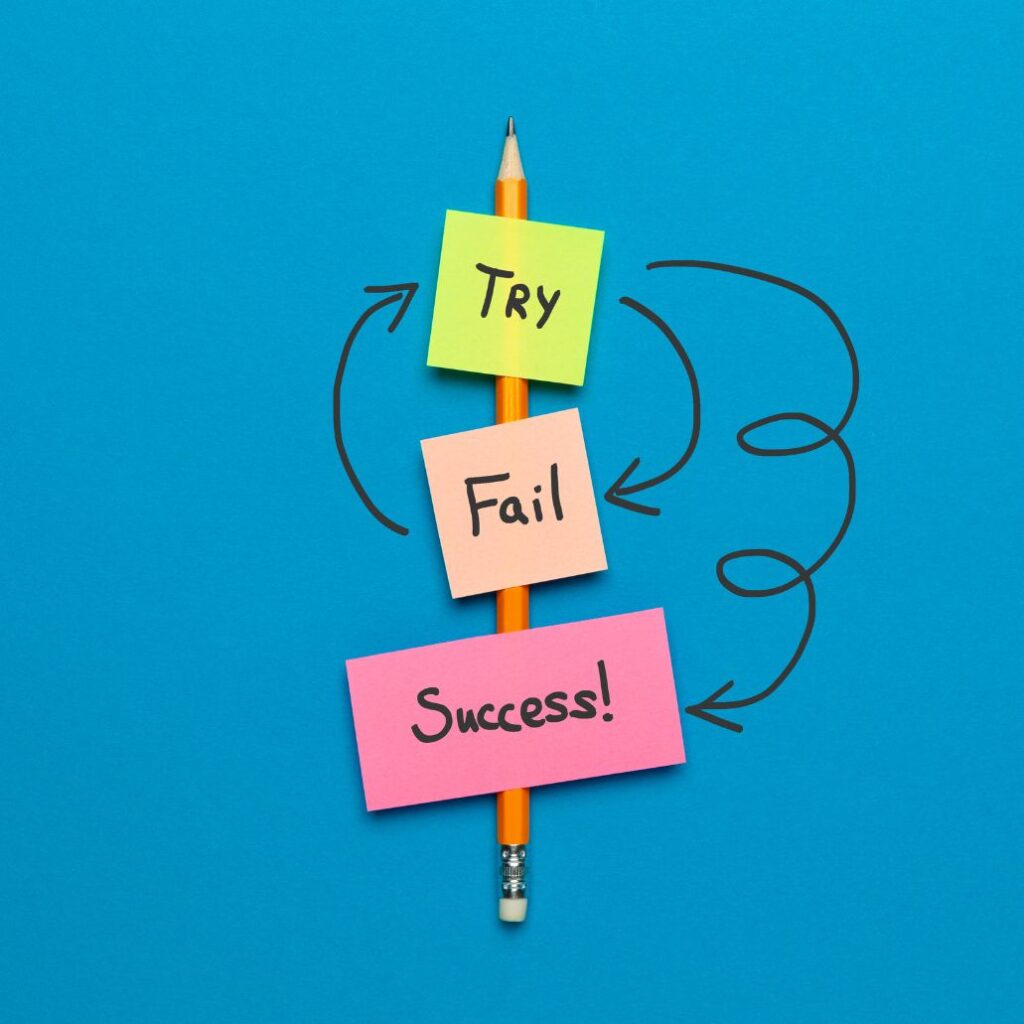Life is a journey filled with ups and downs, successes and failures. While success is often celebrated and admired, it is our ability to embrace setbacks and learn from them that truly defines our growth and resilience. In this article, we will explore the concept of “Fail Forward” and how it can pave the way for success. So, let’s delve into the transformative power of embracing failures and turning them into stepping stones towards achieving our goals.
The Power of Perception
Let’s kick things off by talking about perception. You see, how we perceive failure plays a crucial role in our journey. Instead of viewing failure as the end of the road, let’s see it as a detour leading us to even greater destinations. By shifting our perspective, we can turn setbacks into valuable lessons and valuable lessons into success. That’s the magic of embracing the concept of “Fail Forward.”
Reframing Failures as Valuable Data
The first step is to redefine what failure means. Failure doesn’t make you a failure. Rather, it provides incredibly valuable feedback that something didn’t go as intended. Therefore, reframe failures as opportunities to gain data and improve. Each one makes you a bit wiser. Use failures to course-correct going forward. I believe in you!
Furthermore, how we view failure largely depends on our mindset. A fixed mindset assumes abilities can’t change. Failure seems permanent. However, a growth mindset recognizes we can expand our abilities with effort. Failure becomes a teacher, not a sentence. Focus on asking constructive questions like:
- What can I learn here?
- How can I improve my approach?
- What knowledge or skills will help me develop?
With this growth-focused mindset, failure becomes fuel for future progress.
Failing Fast to Succeed Sooner
Additionally, in a world of constant change, testing ideas quickly allows us to gather feedback and swiftly adapt. The concept of “failing fast” means trying things rapidly to see what works. Losing ideas are discarded while winning ones are refined. Failing fast accelerates learning so we can find success sooner. Although quick failures may initially sting, they ultimately save us from major failures down the road.
Bouncing Back with Renewed Optimism
When failure hits, it’s understandable to feel discouraged temporarily. However, don’t let a setback undermine your self-belief! Look for any bits of progress or lessons learned. Identify factors within your control to refine your strategy. Also, draw inspiration from others who overcame failures. With restored optimism, you can get back in the game stronger and wiser.
The Fail Forward mindset isn’t just a concept; it’s a proven approach to success. Consider Steve Jobs, who was famously fired from the company he co-founded, only to return and lead Apple to unprecedented heights. J.K. Rowling faced multiple rejections before finding a publisher for Harry Potter. These stories illustrate how failures can become pivotal moments on the journey to greatness.
Embracing Failure as Constructive Feedback
Most importantly, the most successful people view failure as constructive data rather than suffering. They humbly analyze mistakes to gain self-knowledge. Remember, failure means you’re courageously pushing boundaries and taking risks. Use failure as feedback to drive innovation and growth.
The path to success is rarely straight. However, by boldly embracing failure as your teacher, you can fail forward and achieve more than you imagined. I believe in you! Now go for it – try new things and have fun failing forward!



